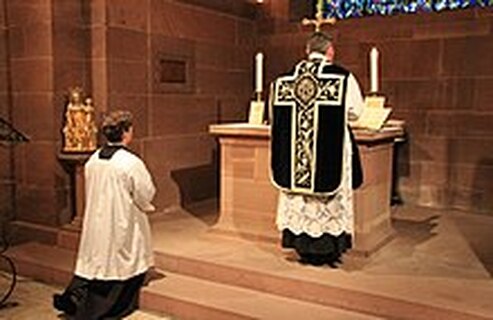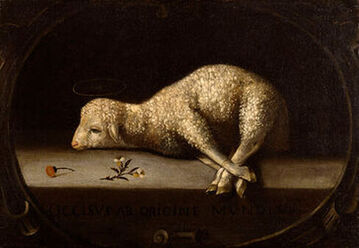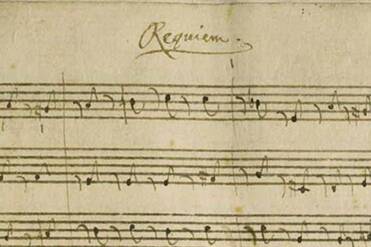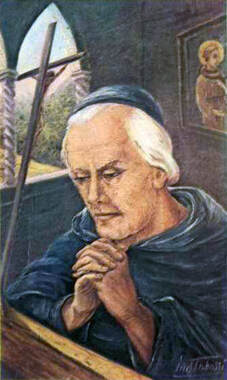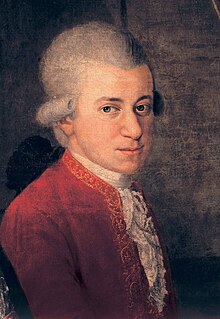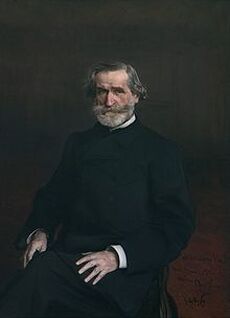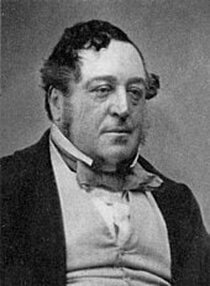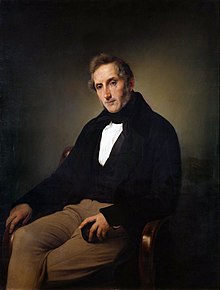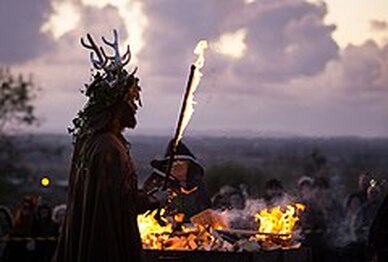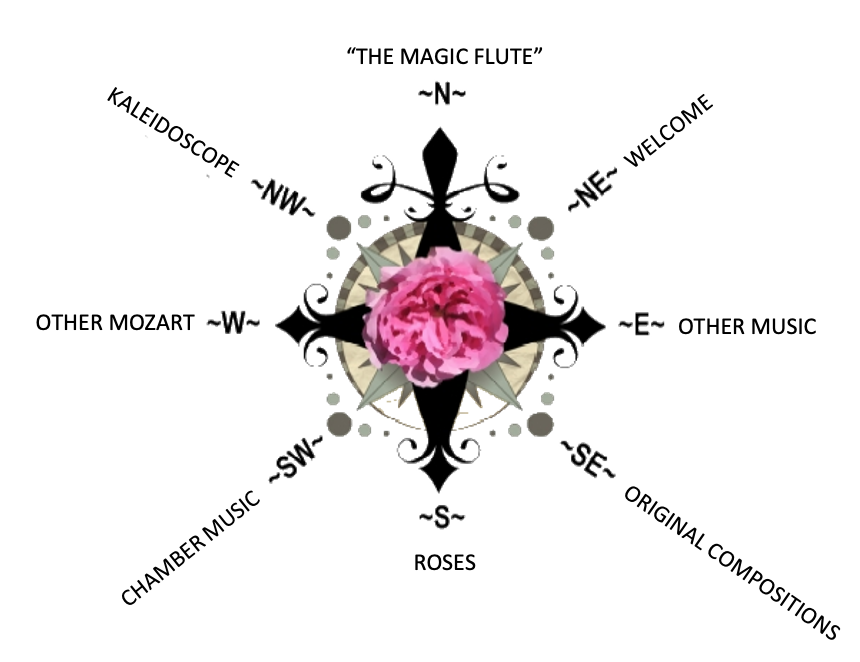- Home
- N - The Magic Flute
- NE - Welcome!
-
E - Other Music
- E - Music Genres >
- E - Composers >
-
E - Extended Discussions
>
- Allegri: Miserere
- Bach: Cantata 4
- Bach: Cantata 8
- Bach: Chaconne in D minor
- Bach: Concerto for Violin and Oboe
- Bach: Motet 6
- Bach: Passion According to St. John
- Bach: Prelude and Fugue in B-minor
- Bartok: String Quartets
- Brahms: A German Requiem
- David: The Desert
- Durufle: Requiem
- Faure: Cantique de Jean Racine
- Faure: Requiem
- Handel: Christmas Portion of Messiah
- Haydn: Farewell Symphony
- Liszt: Évocation à la Chapelle Sistine"
- Poulenc: Gloria
- Poulenc: Quatre Motets
- Villa-Lobos: Bachianas Brazilieras
- Weill
-
E - Grace Woods
>
- Grace Woods: 4-29-24
- Grace Woods: 2-19-24
- Grace Woods: 1-29-24
- Grace Woods: 1-8-24
- Grace Woods: 12-3-23
- Grace Woods: 11-20-23
- Grace Woods: 10-30-23
- Grace Woods: 10-9-23
- Grace Woods: 9-11-23
- Grace Woods: 8-28-23
- Grace Woods: 7-31-23
- Grace Woods: 6-5-23
- Grace Woods: 5-8-23
- Grace Woods: 4-17-23
- Grace Woods: 3-27-23
- Grace Woods: 1-16-23
- Grace Woods: 12-12-22
- Grace Woods: 11-21-2022
- Grace Woods: 10-31-2022
- Grace Woods: 10-2022
- Grace Woods: 8-29-22
- Grace Woods: 8-8-22
- Grace Woods: 9-6 & 9-9-21
- Grace Woods: 5-2022
- Grace Woods: 12-21
- Grace Woods: 6-2021
- Grace Woods: 5-2021
- E - Trinity Cathedral >
- SE - Original Compositions
- S - Roses
-
SW - Chamber Music
- 12/93 The Shostakovich Trio
- 10/93 London Baroque
- 3/93 Australian Chamber Orchestra
- 2/93 Arcadian Academy
- 1/93 Ilya Itin
- 10/92 The Cleveland Octet
- 4/92 Shura Cherkassky
- 3/92 The Castle Trio
- 2/92 Paris Winds
- 11/91 Trio Fontenay
- 2/91 Baird & DeSilva
- 4/90 The American Chamber Players
- 2/90 I Solisti Italiana
- 1/90 The Berlin Octet
- 3/89 Schotten-Collier Duo
- 1/89 The Colorado Quartet
- 10/88 Talich String Quartet
- 9/88 Oberlin Baroque Ensemble
- 5/88 The Images Trio
- 4/88 Gustav Leonhardt
- 2/88 Benedetto Lupo
- 9/87 The Mozartean Players
- 11/86 Philomel
- 4/86 The Berlin Piano Trio
- 2/86 Ivan Moravec
- 4/85 Zuzana Ruzickova
-
W - Other Mozart
- Mozart: 1777-1785
- Mozart: 235th Commemoration
- Mozart: Ave Verum Corpus
- Mozart: Church Sonatas
- Mozart: Clarinet Concerto
- Mozart: Don Giovanni
- Mozart: Exsultate, jubilate
- Mozart: Magnificat from Vesperae de Dominica
- Mozart: Mass in C, K.317 "Coronation"
- Mozart: Masonic Funeral Music,
- Mozart: Requiem
- Mozart: Requiem and Freemasonry
- Mozart: Sampling of Solo and Chamber Works from Youth to Full Maturity
- Mozart: Sinfonia Concertante in E-flat
- Mozart: String Quartet No. 19 in C major
- Mozart: Two Works of Mozart: Mass in C and Sinfonia Concertante
- NW - Kaleidoscope
- Contact
HALLOWE’EN, AND ALL SOULS AND ALL SAINTS DAYS
by Judith Eckelmeyer
(GRACE WOODS MUSIC SESSION OCTOBER 30, 2023)
The last day of October and the first two days of November are days of major celebrations in the history of Christianity and of the “Old Religion” (paganism, or Wiccan). Both inspired the arts, including music.
Now known as All Hallows’ Even, or Eve (if you’re living in the pre-16thcentury) or Hallowe’en for those of us here from the 16th century to the present, November 1 of the Christian calendar remembers the church’s saints who have lived holy and righteous lives. November 2 is the day of celebration for all the “faithful departed”. For these days, the celebration of the Requiem Mass provides prayers for the souls of the deceased.
For a fuller discussion: of both “Mass” and “Requiem” see essays linked below.
Characteristic of the Requiem Mass is the long Sequence prayer “Dies Irae” (Day of Wrath) thought to be by a Franciscan, Thomas of Celano (1200-1265).
The poem, in 19 stanzas, paints a vivid picture of the day of judgement, when sinners face dire consequences of their lives and the good people hope for salvation. Here is a modern English version of the whole, stanza by stanza:
1. The day of wrath will dissolve the world in ashes, as David and the Sibyl said.
2. How great will be the quaking when the Judge is about to come to strictly examine everything.
3. The trumpet, sending a wondrous sound through the tombs of the regions, will summon all before the throne.
4. Death and nature will marvel when the creature will rise again to respond to the Judge.
5. The written book will be brought in which everything, from which the world will be judged, is contained.
6. So when the Judge will sit, whatever lies hidden will appear; nothing will remain unpunished.
7. What then shall I, a poor wretch, say? Which patron shall I beg when even the just may not even be sure?
8. King of tremendous majesty, who freely saves the redeemed, save me, O fount of mercy.
9. Remember, merciful Jesus, that I am the reason for your life; don’t lose me on that day.
10. Seeking me, you rested, tired;You redeemed me having suffered the cross; don’t let such labor be in vain.
11. Just Judge of sin, grant absolution before the day of judgement.
12. I sigh like the guilty; my face is red from guilt; God, spare the supplicant.
13. You who absolved Mary and heard the thief, give me hope too.
14. My prayers aren’t worthy, but you, who are good, be gracious to rescue me from the eternal fire.
15. Grant me a place among your sheep, and take me out from the goats, and set me on the right side.
16. Once the cursed have been silenced, sentenced to acrid flames, Call me, with the blessed.
17. I pray, kneeling and submissive, my heart contrite as if in ashes, take care of my finish.
18. The day will be tearful on which the guilty man who will be judged arises from the ashes; Spare him, God.
19. Merciful Jesus, Lord, grant them rest. Amen.
2. How great will be the quaking when the Judge is about to come to strictly examine everything.
3. The trumpet, sending a wondrous sound through the tombs of the regions, will summon all before the throne.
4. Death and nature will marvel when the creature will rise again to respond to the Judge.
5. The written book will be brought in which everything, from which the world will be judged, is contained.
6. So when the Judge will sit, whatever lies hidden will appear; nothing will remain unpunished.
7. What then shall I, a poor wretch, say? Which patron shall I beg when even the just may not even be sure?
8. King of tremendous majesty, who freely saves the redeemed, save me, O fount of mercy.
9. Remember, merciful Jesus, that I am the reason for your life; don’t lose me on that day.
10. Seeking me, you rested, tired;You redeemed me having suffered the cross; don’t let such labor be in vain.
11. Just Judge of sin, grant absolution before the day of judgement.
12. I sigh like the guilty; my face is red from guilt; God, spare the supplicant.
13. You who absolved Mary and heard the thief, give me hope too.
14. My prayers aren’t worthy, but you, who are good, be gracious to rescue me from the eternal fire.
15. Grant me a place among your sheep, and take me out from the goats, and set me on the right side.
16. Once the cursed have been silenced, sentenced to acrid flames, Call me, with the blessed.
17. I pray, kneeling and submissive, my heart contrite as if in ashes, take care of my finish.
18. The day will be tearful on which the guilty man who will be judged arises from the ashes; Spare him, God.
19. Merciful Jesus, Lord, grant them rest. Amen.
Both Mozart and Giuseppe Verdi (1813-1901) set this text but showing very different mind sets. As we have discussed previously, Mozart was composing the Requiem for use by someone else, but, being mortally ill, imagined it to be for himself.
Verdi, on the other hand, had begun the work as one of several composers creating a memorial for Gioachino Rossini, but the project fell apart. Verdi completed the setting himself in 1874, in honor of the writer Alessandro Manzoni.
Only 2 years earlier, three of the 4 soloists had sung Verdi’s Aida. The “Manzoni” Requiem is often called Verdi’s other opera.
For an excellent performance of the Mozart, search YouTube for Marris Jansons’s performance. Note due to restrictions on the performance recording, it cannot be posted on this site. Please try this link at the 30 minute mark for direct viewing of the Requiem on YouTube: https://www.youtube.com/watch?v=vHnJBiXMXfU
Verdi's Requiem
Danish National Symphony Orchestra | Danish National Concert Choir BBC Singers
Featuring: Lise Davidsen (soprano) Olesya Petrova (mezzo-soprano) Giorgio Berrugi (tenor) Insung Sim (barytone)
Conducted by Fabio Luisi
(Note: the Dies Irae begins about 9'30" into the work)
Danish National Symphony Orchestra | Danish National Concert Choir BBC Singers
Featuring: Lise Davidsen (soprano) Olesya Petrova (mezzo-soprano) Giorgio Berrugi (tenor) Insung Sim (barytone)
Conducted by Fabio Luisi
(Note: the Dies Irae begins about 9'30" into the work)
In the secular sphere, the Wiccan celebration was one of eight holidays, four of which fell between the astronomical points of the solstices and the equinoxes. Samhain, the “New Year” festival, is at just this time. It is the celebration of the harvest and the accomplishments of the year that just ended, and the remembrance of ancestors. Both November 1 and 2 carry on the Wiccan remembrance of the ancestors. Today’s tradition of “trick or treat” comes from the ancient practices of giving “Soul cakes” to children who circulated through the community praying for the dead on that day, or in some regions putting out food at night for the souls. There are many other regional variants on this theme.
In the sphere of music, Camille Saint-Saëns’s Danse Macabre of 1884, and cognate works by Liszt, Hugo Distler, Benjamin Britten, Gustav Mahler, and Modest Mussorgsky reflect another tradition of the Hallowe’en season: dressing in costumes and disguises. Compositions by these and other composers seize on the late Medieval allegorical “dance of death”, in which a personification of Death summons people to dress as corpses from all classes and walks of life and dance into the graveyard. By so doing, people were reminded of their mortality and the fragility of life.
Saint-Saëns’s (1835-1901) tone poem Danse macabre (1874) imagines Death as a violinist who appears at midnight (12 strokes of the “clock” begin the piece), plays for skeletons to dance for him until dawn (marked by a “crowing” oboe), when all of them go back to their graves. Within Death’s tunes is the liturgical chant melody of the “Dies Irae”, used in the 19th century by numerous composers in different guises and genres.
National Philharmonic Orchestra | Conductor: Leopold Stokowski
Judith Eckelmeyer © 2023
Choose Your Direction
The Magic Flute, II,28.


